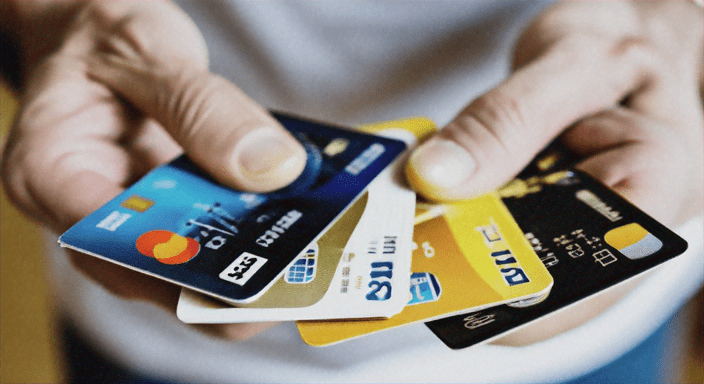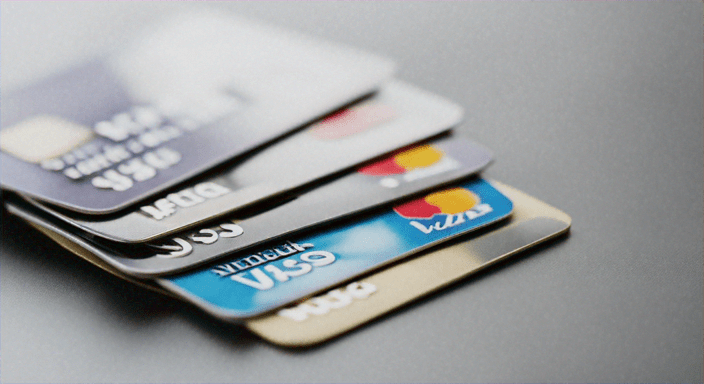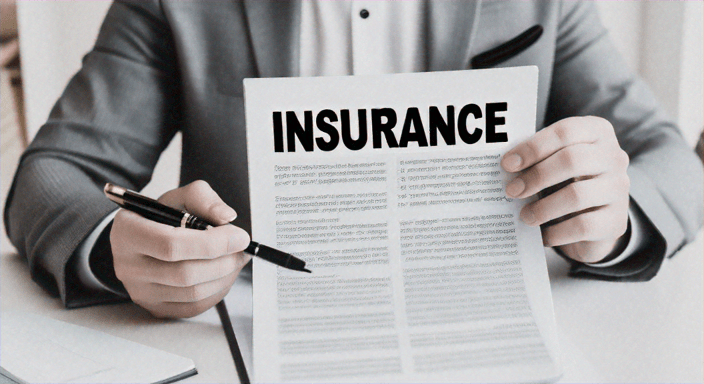In 2025, acquiring the appropriate credit card is essential for those looking to rebuild their credit, particularly if their score is below 580. This comprehensive guide aims to assist U.S. residents with poor credit in identifying the optimal credit cards available this year to enhance their financial standing.

Grasping the Significance of Credit Scores
Defining a Poor Credit Score in 2025
A FICO score under 580 is classified as poor in 2025. This low score can complicate the acquisition of favorable financial products like loans or mortgages. Nevertheless, the correct credit card can serve as a vital tool in gradually rebuilding your credit.
The Role of Credit Cards in Credit Building
One of the most effective methods to enhance your credit score is through the judicious use of a credit card. Consistent on-time payments and maintaining low balances can incrementally improve your credit score. Certain credit cards are specifically tailored to aid this process, rendering them invaluable for individuals with poor credit.
Essential Features to Evaluate in Credit Cards for Poor Credit
When choosing a credit card, it is crucial to emphasize features that directly contribute to your credit rebuilding efforts.
Affordable Fees and Competitive Rates
Reducing costs is paramount when managing credit with limited financial resources. Below is a synopsis of some critical credit card features:
| Feature | Importance | Examples |
| Annual Fees | Lower fees lessen the financial strain. | Petal® 1, Discover it® Secured |
| Interest Rates | Lower rates facilitate debt management. | Mission Lane Visa®, OpenSky® Secured |
Secured vs. Unsecured Credit Cards
Secured Cards: These require a security deposit but are more accessible for those with very poor credit. Examples include Discover it® Secured and OpenSky® Secured Visa®.
Unsecured Cards: No deposit is needed, but they may entail higher fees and rates. Examples are Credit One Bank® Platinum Visa® and Mission Lane Visa®.
Reporting to All Three Major Credit Bureaus
Ensure your credit card reports to Equifax, Experian, and TransUnion. This is essential for monitoring your progress and rebuilding your credit score.
Top Credit Cards for Poor Credit in 2025
| Card | Annual Fee | Key Benefits |
| Discover it® Secured | $0 | Rewards program, cash back, first-year match |
| Capital One Platinum Secured | $0 | Low deposit options, potential credit limit increases |
| OpenSky® Secured Visa® | $35 | No credit check required, easy approval |
These cards are perfect for individuals looking to establish or rebuild their credit with manageable fees and deposits.
Best Unsecured Credit Cards
a. Credit One Bank® Platinum Visa®: Offers 1% cash back on eligible purchases, making it one of the few unsecured cards with rewards for poor credit.
b. Mission Lane Visa®: Known for its transparent terms, this card has no hidden fees and is tailored for individuals with poor or fair credit.
c. Petal® 1 “No Annual Fee” Visa®: An excellent option with no annual fee, offering credit limits ranging from $300 to $5,000.
Guidelines for Applying and Using Credit Cards Responsibly
Applying for a credit card with poor credit can be daunting, but thorough preparation and understanding the application process can enhance your approval chances. Here’s what you need to know:
Preparation Steps Before Applying
Review Your Credit Report: Obtain and scrutinize your credit report from Equifax, Experian, and TransUnion. Look for any errors or inaccuracies. Dispute any discrepancies before applying for a new credit card to potentially improve your credit score and increase your approval odds.
Collect Required Documents: Typically, you will need to provide the following information:
1. Social Security number or Individual Taxpayer Identification Number (ITIN)
2. Proof of income (e.g., pay stubs, tax returns)
3. Employment details
4. Housing information (rent or mortgage details)
Reduce Existing Debt: Lowering your current debt can enhance your credit utilization ratio, a critical factor in your credit score. Aim to keep your credit utilization below 30% to improve your approval chances.
Utilize Prequalification Tools: Many credit card issuers provide prequalification tools that allow you to check your approval likelihood without impacting your credit score. This step can help you identify which cards you are most likely to be approved for before submitting a formal application.
Application Process Overview
Online or In-Person Application: Most credit card applications are submitted online, though in-person applications at banks or credit unions are also available. Having all your information ready simplifies the process.
Credit Check: After submitting your application, the issuer will perform a hard inquiry on your credit report. This may temporarily lower your credit score slightly, but it is a necessary step for most applications.
Approval Decision: Approval can be instantaneous or may take some time if additional documentation is required. This can vary depending on the issuer and your credit history.
Card Delivery: If approved, your credit card will be mailed to you. Some issuers offer expedited shipping for faster delivery, though this may incur an additional fee.
| Step | Estimated Time |
| Prepare Required Documents | Before Application |
| Submit Application | Online/In-Person |
| Credit Check | Immediately After Submission |
| Approval Decision | Instant to a Few Days |
| Receive Credit Card | 7-10 Business Days (Expedited Available) |
Effective Credit Card Management
Timely Payments: Your payment history is the most significant factor in your credit score. Always make at least the minimum payment on time to avoid late fees and negative marks on your credit report. Setting up automatic payments can help ensure you never miss a due date.
Maintain Low Utilization: Keep your balance below 30% of your credit limit to maintain a healthy credit utilization ratio. For instance, if your credit limit is $500, aim to keep your balance below $150.
Avoid Unnecessary Fees: Review your credit card’s terms and conditions to understand associated fees, such as late payment fees, over-limit fees, or cash advance fees. Avoiding these fees can save you money and help you manage your credit card more effectively.
Monitor Your Credit Progress: Utilize the free credit monitoring tools provided by many credit cards to track changes in your credit score. Regularly checking your credit report can also help you detect any inaccuracies or signs of fraud early.

Alternative Financial Tools for Individuals with Poor Credit
Credit Builder Loans
Credit builder loans are tailored to help individuals enhance their credit scores. The borrowed money is held in a secured account until the loan is fully repaid, with the lender reporting your payments to credit bureaus.
Secured Loans
Secured loans require collateral and are easier to obtain than unsecured loans if your credit is poor. They often have lower interest rates, making them a viable option for rebuilding credit.
FAQs
1. What is the easiest credit card to obtain with poor credit in 2025? The OpenSky® Secured Visa® Credit Card is easy to obtain because it doesn’t require a credit check.
2. How long does it take to rebuild credit with a credit card? Rebuilding credit can take several months to a few years, depending on your financial habits.
3. Can I get a credit card with no credit check? Yes, the OpenSky® Secured Visa® Credit Card does not require a credit check.
4. What should I do if I get denied for a credit card? Consider a secured card or credit builder loan. Review the reasons for denial and work on improving those areas before reapplying.
5. Are there any credit cards that offer rewards for poor credit? Yes, the Discover it® Secured Credit Card offers rewards even for those with poor credit.
Conclusion
Selecting the right credit card in 2025 is crucial for rebuilding your credit. Focus on cards that offer low fees, reasonable rates, and report to all three major credit bureaus. By using these tools responsibly, you can steadily improve your financial health and unlock new opportunities for the future.
Sources
Federal Trade Commission. “Credit Scores.”
Consumer Financial Protection Bureau. “How to Rebuild Credit.”





